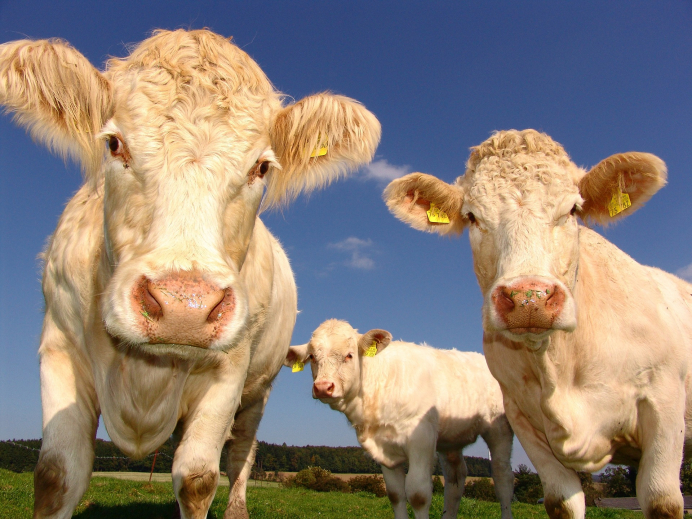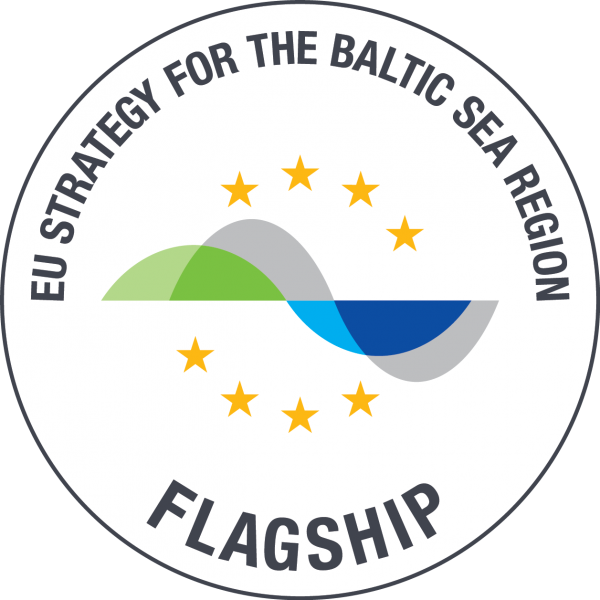Currently, according to Helsinki Commission (HELCOM) about 47% of the total nitrogen (N) load and 36% of the total phosphorus (P) load to the Baltic Sea come from diffuse sources and mainly from agriculture. To cut the losses, measures for more sustainable nutrient use in the Baltic Sea region (BSR) are needed. Policy recommendations for such measures are compiled in SuMaNu project platform.
Synthesis on sustainable manure and nutrient management
SuMaNu platform, funded by Interreg BSR Programme and coordinated by Natural Resources Institute Finland (Luke), consists of four agri-environmental projects. Each participating project has focused on sustainable manure and nutrient management from different aspects. In practice, there has been cooperation with the issues for over a decade via EU funded projects, but a synthesis of all the knowledge has been missing.
The role of SuMaNu was to synthesize the results of these previous projects and, based on that, compile policy recommendations to be promoted to a broad range of stakeholders from farmers to policy makers. In fact, the holistic approach with lively discussions and influence on policies have been the spice of the platform work. They are also the advantages of the project platform. When trying to solve the challenges and have a political impact, a holistic approach and cooperation is needed together with policy recommendations based on solid, synthesized and updated scientific data.
Measures both at the farm and regional level
How to then cut the nutrient losses to the Baltic Sea? As manure represents the largest source for recyclable N and P in the BSR, much is dependent on its more sustainable management and utilization. Measures are needed both at the farm and regional level.
At the farm level, fertilization should be based on crop-specific guidelines that take crop nutrient need and soil nutrient status into account. Manure nutrient content and quantity should be determined and used in fertilization planning. Currently, manure is often spread based on its N content leading to overfertilization with P. Throughout the manure management chain, from feeding to manure spreading, emission-reducing techniques should be used. In practice, this means guaranteeing sufficient and covered manure storage capacity to enable spreading manure primarily in spring and summer when crop nutrient uptake is efficient. Autumn spreading should only be allowed for the establishment of winter crops. Broadcast spreading of manure should be avoided and more advanced techniques favored. Knowing the nutrient flows at the farm-level would indicate possible nutrient surpluses to be exported to other farms or to other regions via manure processing.
Dense animal production may lead to regional P surplus, i.e. manure is produced over the regional P fertilization need, increasing the risk for nutrient losses. Part of the manure nutrients should be reallocated to the areas in need of P to replace mineral fertilizers. To enable the reallocation, both manure processing into concentrated, hygienic fertilizer products with low levels of contaminants, and market development for such products are needed. At present, recycled fertilizer products may not be viable alternative to mineral fertilizers for all farmers due to price or lack of proper structures and equipment for storage and spread. Thus, their production and markets need incentives, demonstrations and knowledge transfer.
Joint challenge requires transnational actions
As the eutrophication of the Baltic Sea and sustainable manure and nutrient use in general is a joint challenge for all BSR countries, transnational actions are also needed. To enhance SuMaNu’s impact, the policy recommendations were submitted as proposals for measures in the HELCOM’s Baltic Sea Regional Nutrient Recycling Strategy and for the updating of the Baltic Sea Action Plan, both of which will be adapted at the HELCOM Ministerial Meeting in October 2021. Though the implementation of the strategy and the action plan are not finalized at the time of writing, it appears that the SuMaNu measures will be well included and guide the BSR countries in improving nutrient management in the future.
The policy recommendations have also been promoted in international events, some of which were co-organized with the relevant policy areas of the EU strategy for the Baltic Sea Region. Additionally, each country participating in SuMaNu has disseminated the recommendations in different ways from webinars to organizing field days, where more advanced manure spreading technologies have been promoted to replace broadcast spreading.
Need for platforms also in the future
All these measures are needed together to cut the nutrient losses to the Baltic Sea and make agriculture more nutrient- and resource-efficient. The step towards nutrient-efficiency will need incentives, policies with a holistic approach to the issue and knowledge transfer. And the work should not stop at SuMaNu. Platforms for knowledge synthesis and discussion between different stakeholder groups will be needed also in the future.








